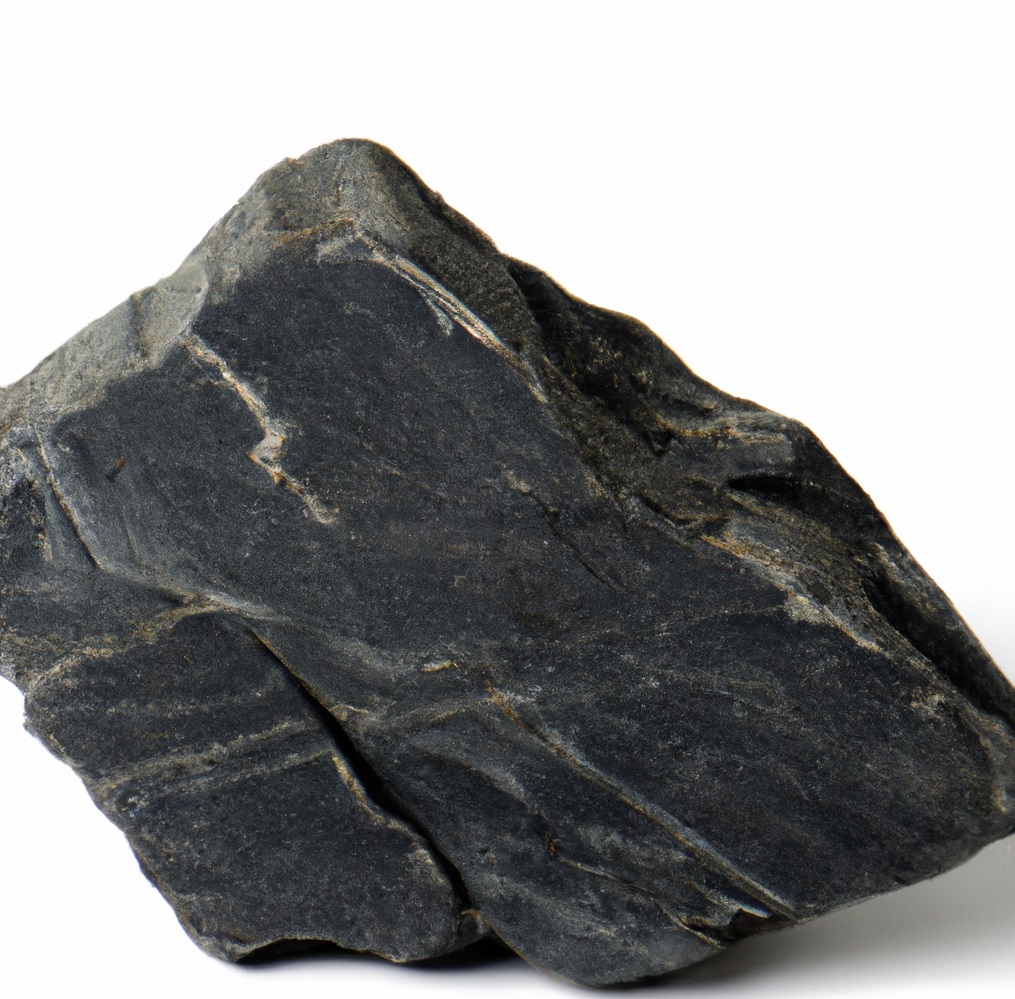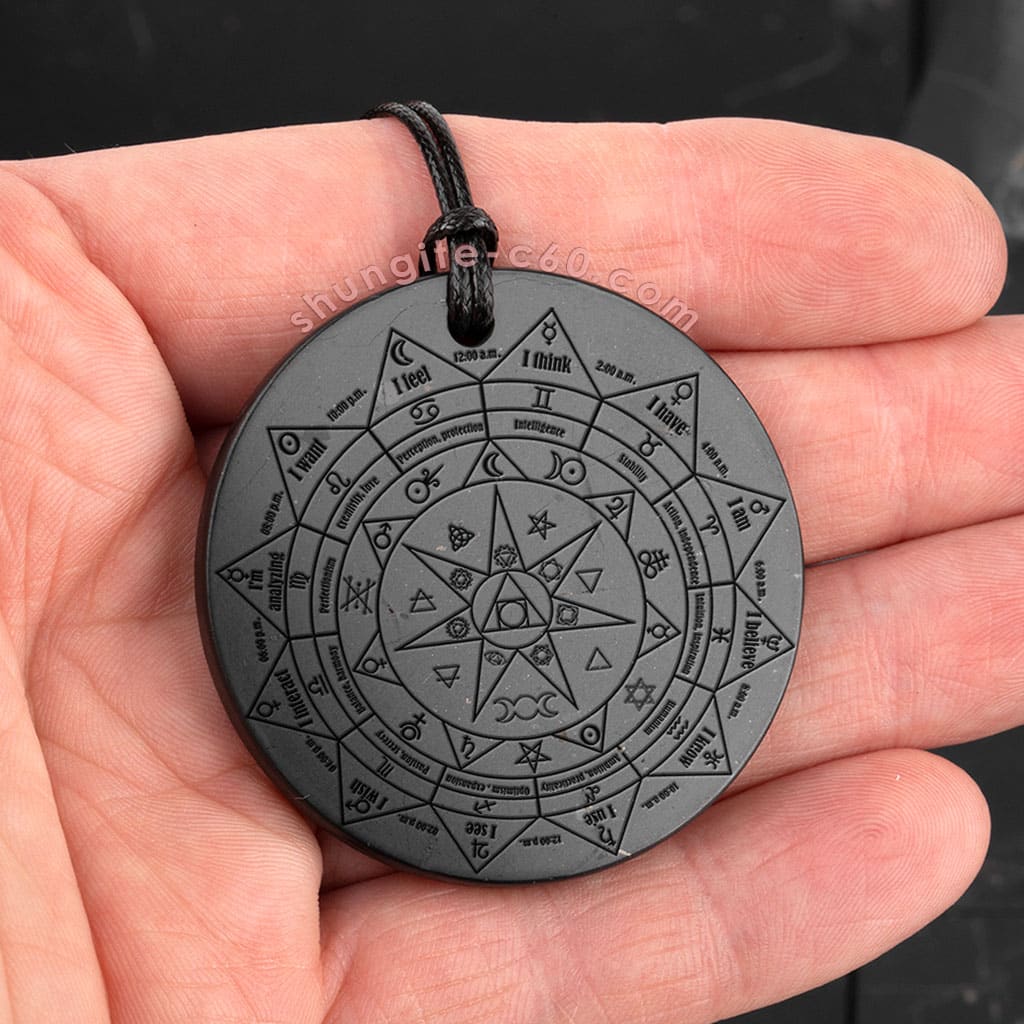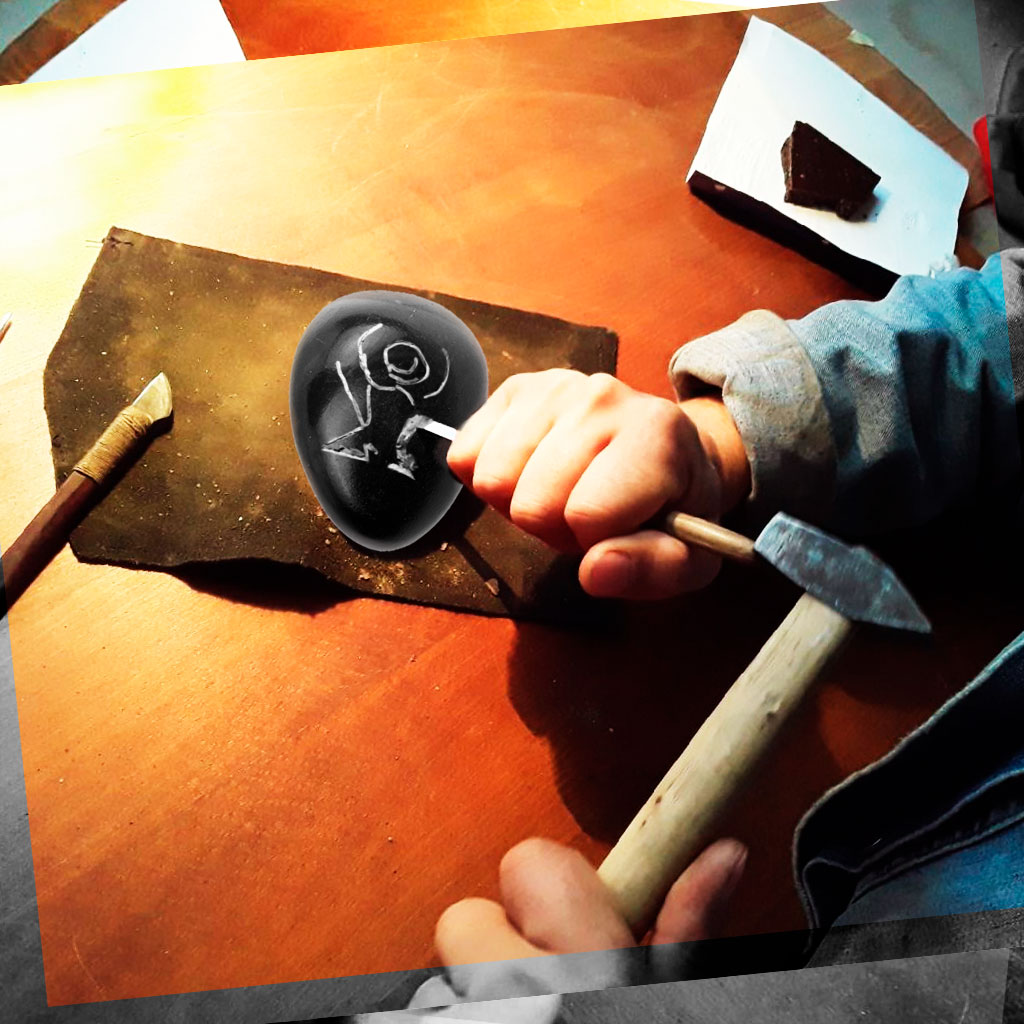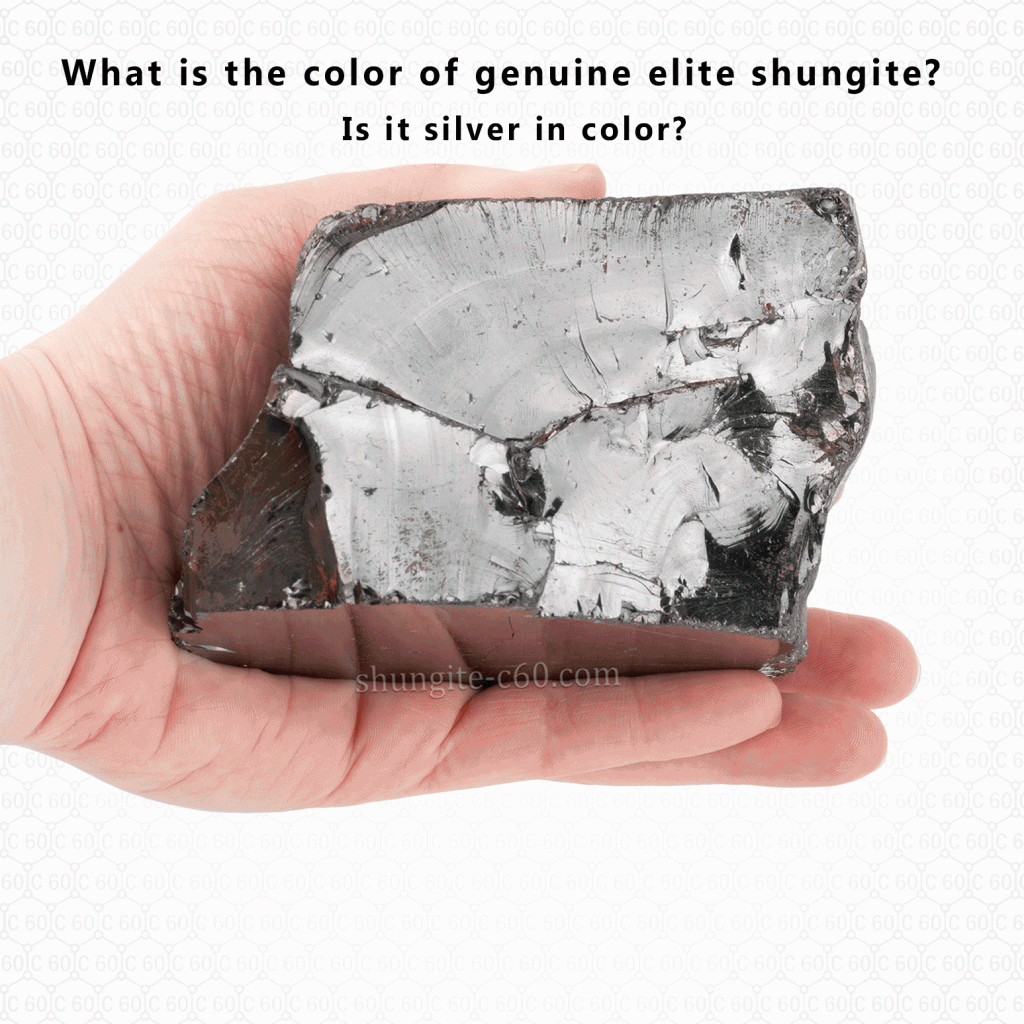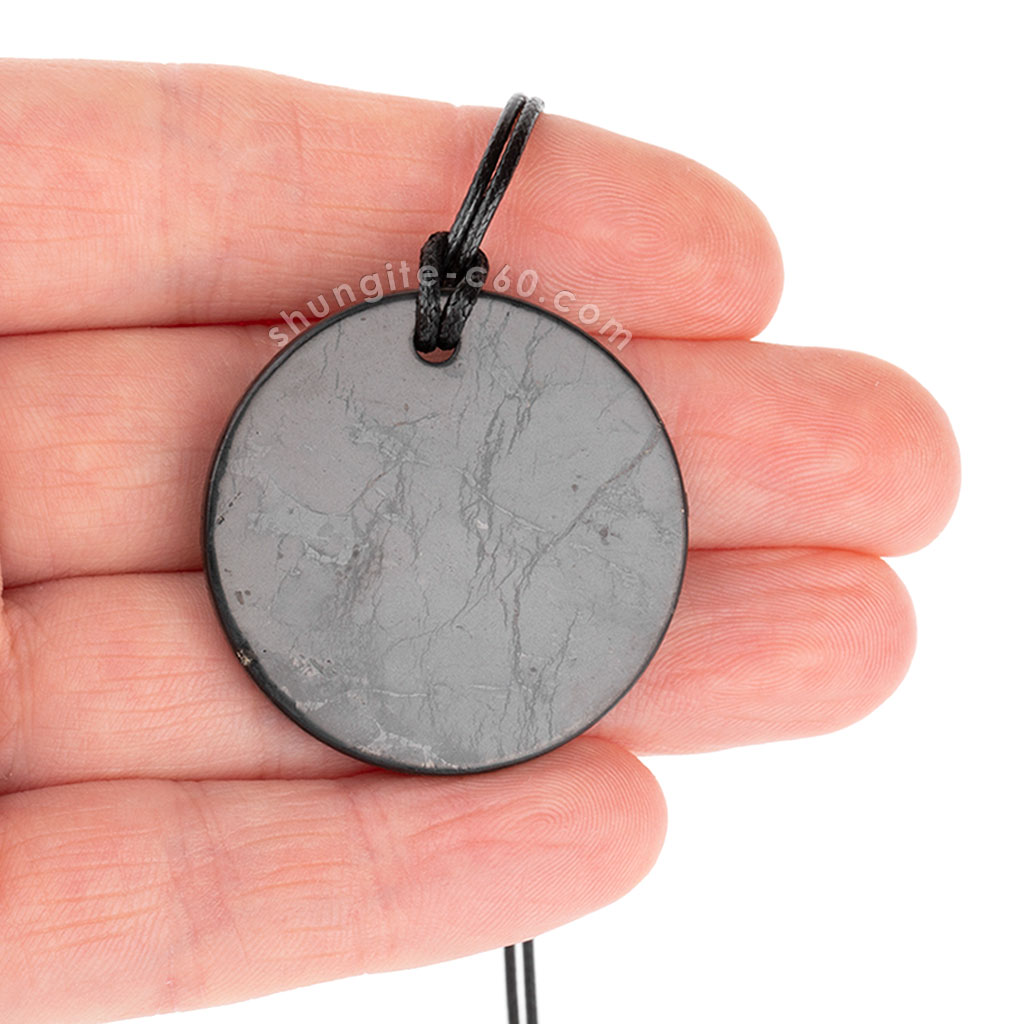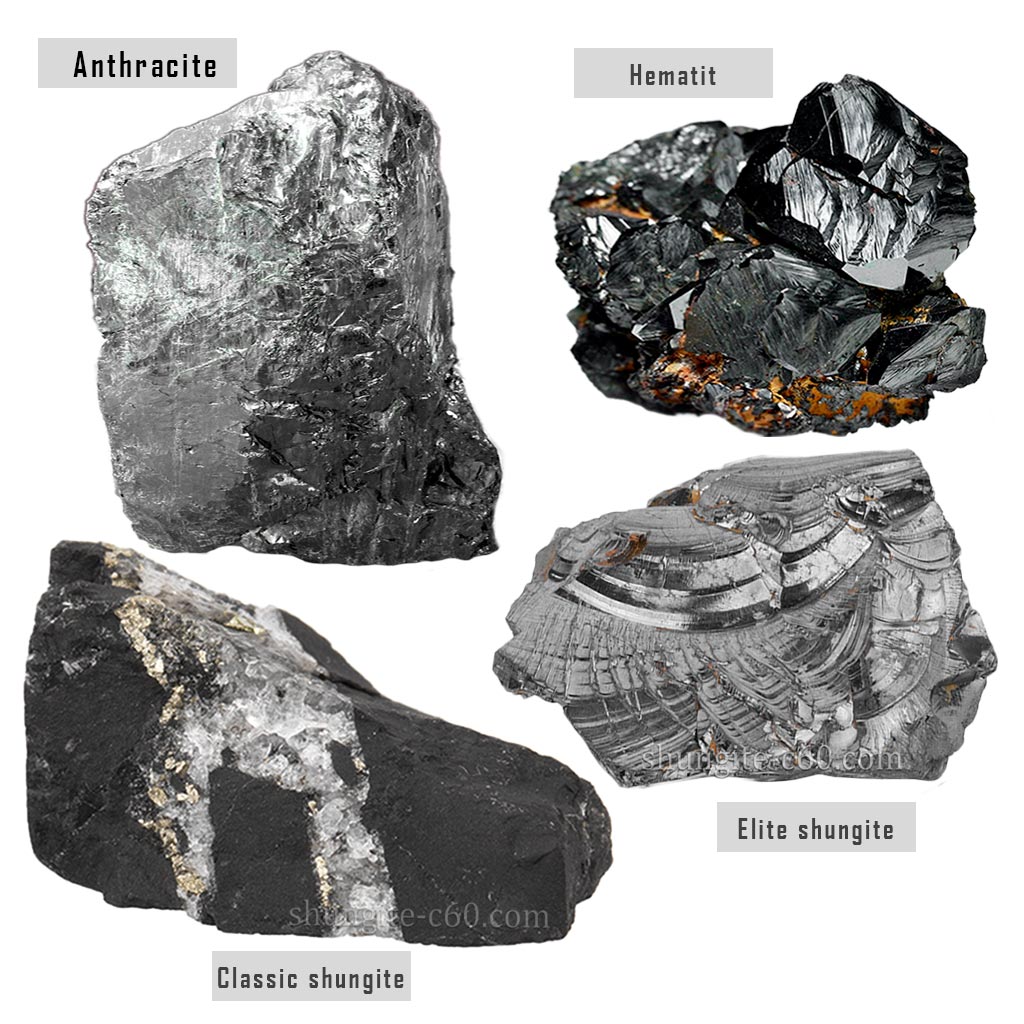Shungite Crystal: Exploring the Geology of Russian Rocks
Shungite crystal is a unique rock that has gained popularity in recent years due to its purported helpful properties and ability to absorb electromagnetic waves. But where does shungite crystal come from, how was it formed, and how did it appear? In this article, we’ll explore the geology of shungite crystal and its origins.
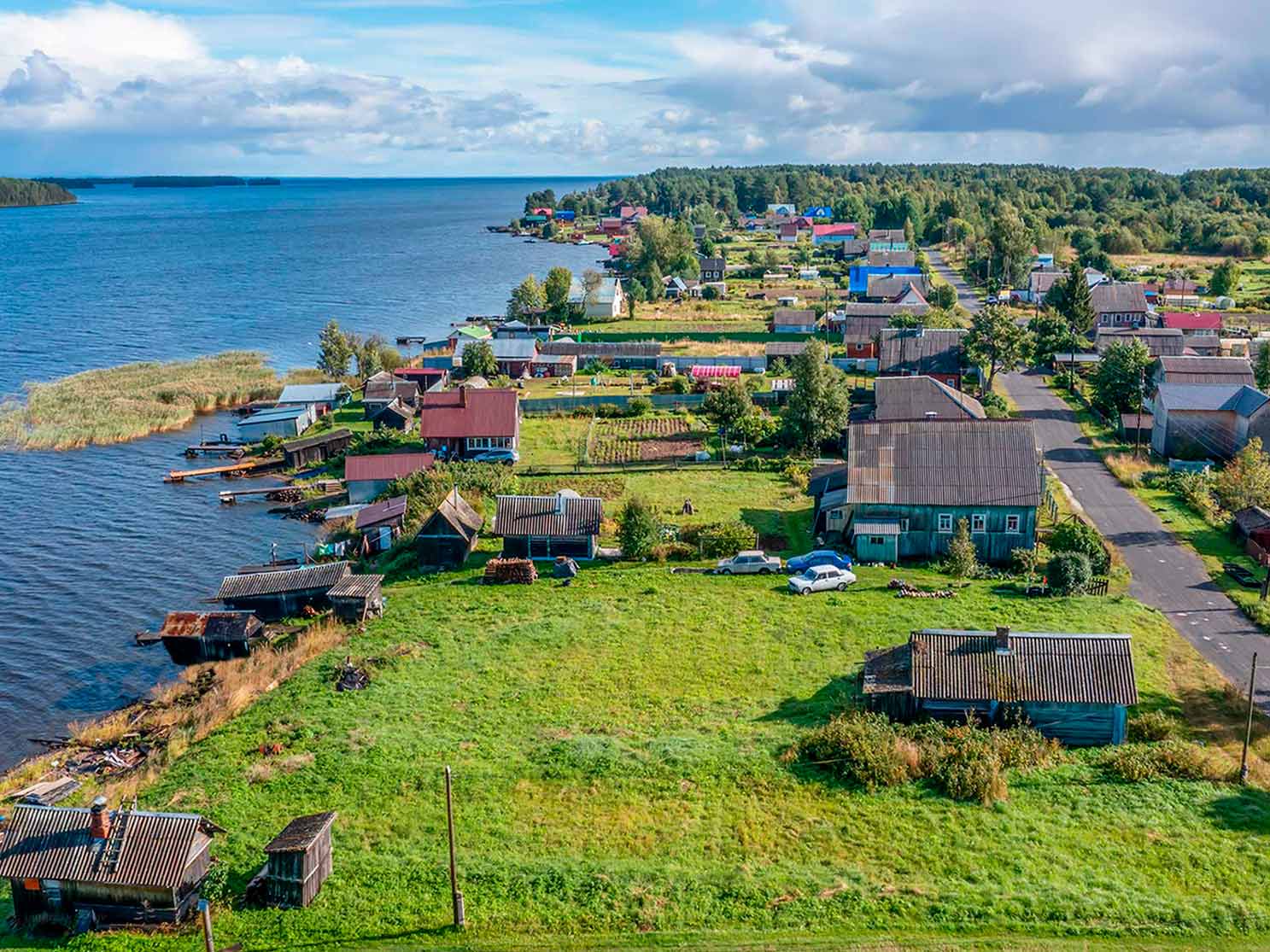
Where does shungite crystal come from
The origins of shungite crystal can be traced back to the ancient Lake Onega in Karelia, where it was formed over hundreds of millions of years from the sediment of these microorganisms. This biogenic theory of the origin of the Russian crystal says that it is formed from the remains of the first microorganisms on the planet Earth. Mostly they were cyanobacteria. The lake is home to a variety of unique minerals, including this Ruussian crystal c60, which is found in veins and deposits throughout the Karelian region.
The name shungite crystal comes from the village of Shunga, which is located in Karelia and is known for its rock deposits. The mineral has been used in the region for centuries for its helpful properties, and it has gained popularity in recent years as a result of its ability to absorb electromagnetic waves. Now you know where shungite crystal comes from, according to one of the theories – the biogenic theory.

Formation of Karelian black crystal
Shungite crystal is a black, matte or lustrous mineral that is primarily composed of carbon, with small amounts of other minerals such as quartz, pyrite, and feldspar. It is found primarily in Russia, specifically in the region of Karelia, which is located near the border with Finland.
This black mineral is believed to be over 2 billion years old and is formed from the remains of ancient microorganisms that lived in the earth’s oceans. These microorganisms, known as cyanobacteria, were some of the earliest forms of life on Earth and played a crucial role in the evolution of the planet’s atmosphere.
Over time, the remains of these microorganisms were buried under sediment and compressed by the weight of the earth above. This compression and heat caused the carbon in the remains to transform into graphite, which eventually became shungite crystal. The smallest building block of the stone is graphene. Also, unique fullerene molecules are found only in this Karelian crystal.
Appearance of Shungite Crystal
This Russian crystal has been known to the people of Karelia for centuries, and it has been used in the region for its helpful properties. However, it was not until the 20th century that stone was recognized by the scientific community outside of Russia.
The first recorded mention of the stone in scientific literature was in 1878, when a French scientist named F.A. Gauthier-Liévre described the mineral in his book “Les minéraux de la Russie”. However, it was not until the 1930s that this KArelian mineral began to be studied in depth by Russian scientists.
In the decades since, shungite crystal has become increasingly popular around the world, with many people using it for its purported amazing properties and ability to absorb electromagnetic radiation.
Other theories about the origin of the Russian rock
The biogenic theory of the origin of shungite crystal is not generally accepted, but it is often used to explain the appearance of the rock. In general, by now there is no such theory of the origin of Russian rock that would suit everyone.
However, there are many other theories of the origin of the c60 crystal. For example, the volcanogenic theory. According to the volcanogenic theory, the Russian rock comes from as a result of the activity of volcanoes without the participation of living matter. Indeed, in the composition of this stone there are small amounts of metal oxides surrounding carbon. And metals are among the first to harden when volcanic rocks cool. This means that carbon clusters were formed at a temperature of 1300–1400 ˚C.
There is also a theory that shungite crystal is a substance that came to earth from outer space. After all, the carbon of the stone and the carbon of meteorites are the same. Scientists agree with this fact. For example, the Alland meteorite and shungite have a similar structure and composition.
In addition, it was in space that fullerene molecules were first discovered in the carbon footprint of meteorites and dying stars. And then on Earth, these fullerenes were found in solid form in shungite crystal from Karelia.
Conclusion
Shungite crystal comes from the village of Shunga, which is located in Karelia, Russia. This is a unique mineral that has captured the attention of people around the world in recent years. It is believed to have a wide range of uses and benefits, from health and wellness to technology and industry. This mineral was formed over 2 billion years ago from the remains of ancient microorganisms that lived in the earth’s oceans. According to the biogenic theory of origin.
And it has been known to the people of Karelia for centuries. Although it was not recognized by the scientific community outside of Russia until the 20th century, the c60 crystal has since become a subject of much interest and study. Whether you’re interested in its geology, history, or uses, shungite crystal is definitely a mineral worth learning more about.
 Dutch
Dutch English
English French
French German
German Italian
Italian Spanish
Spanish Swedish
Swedish